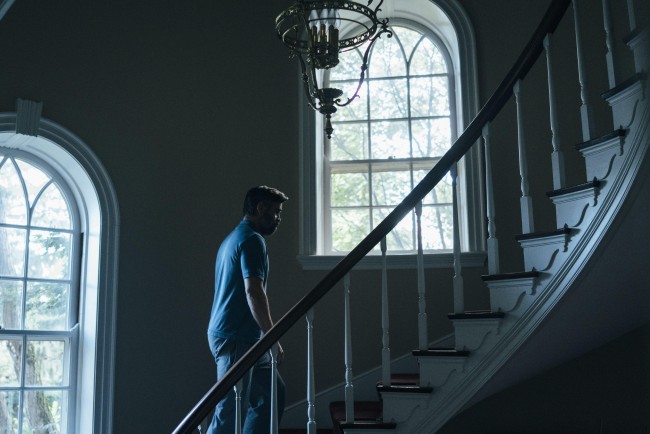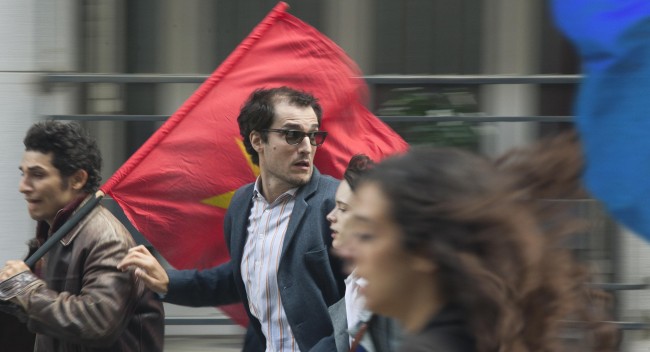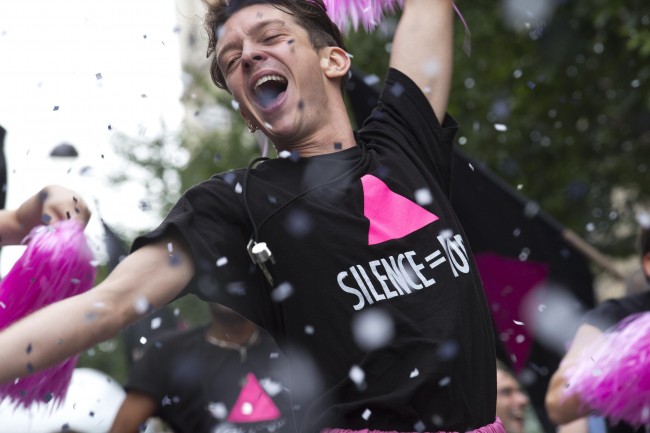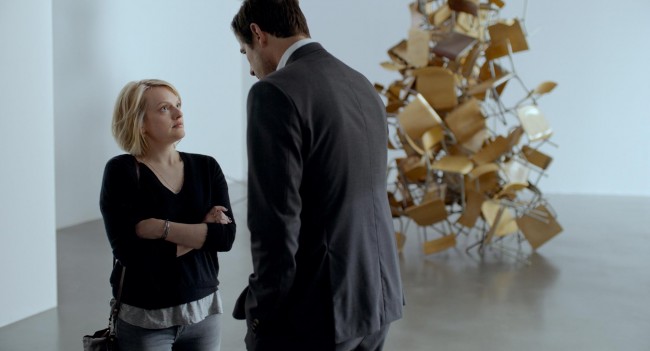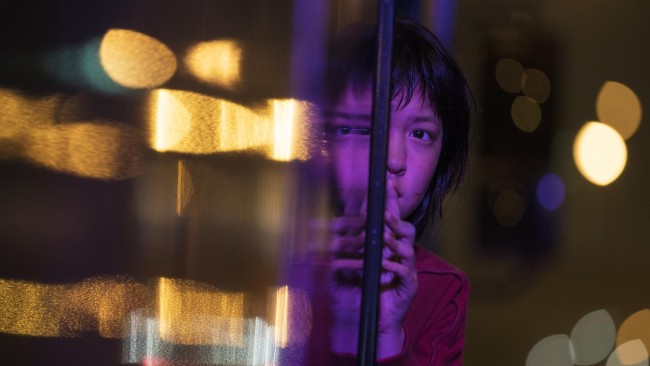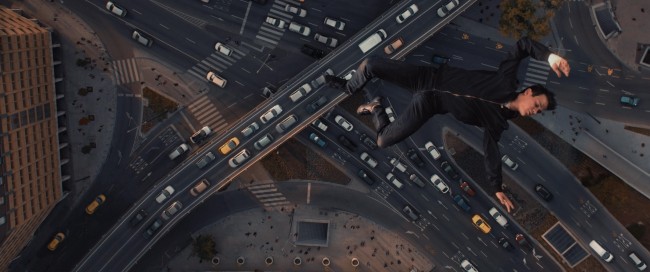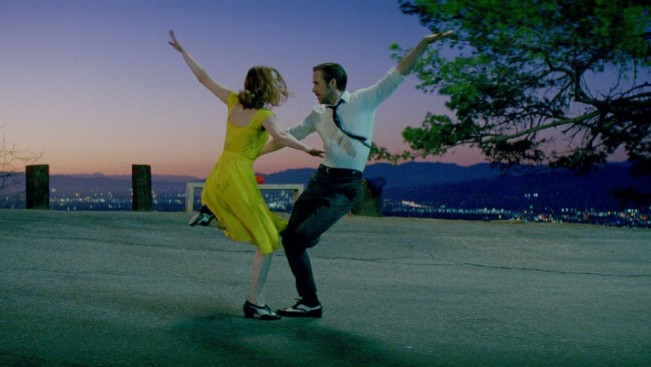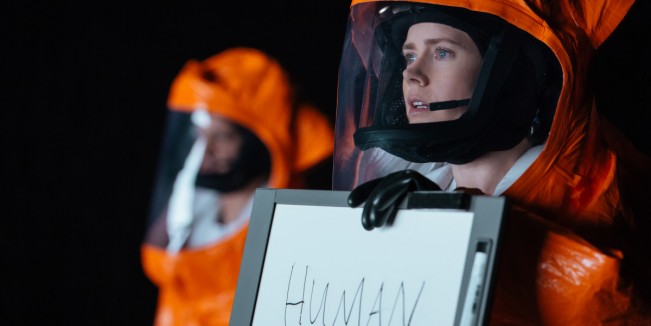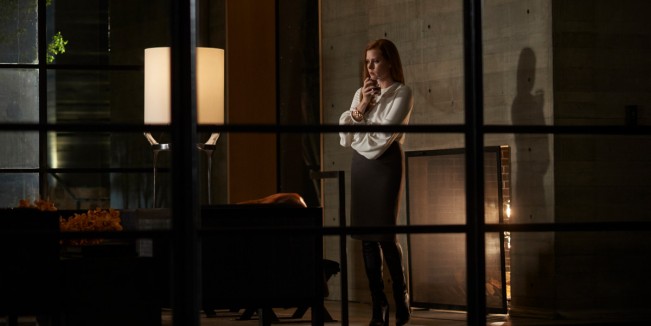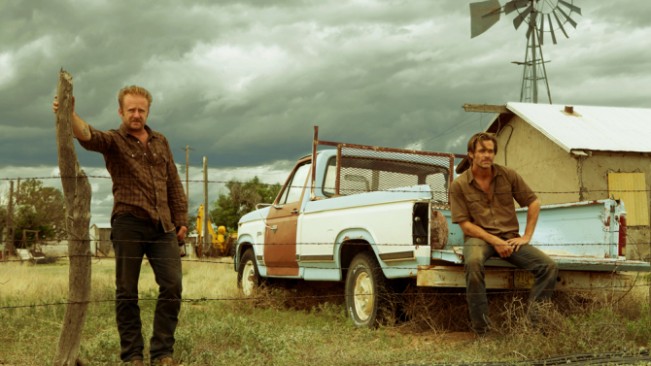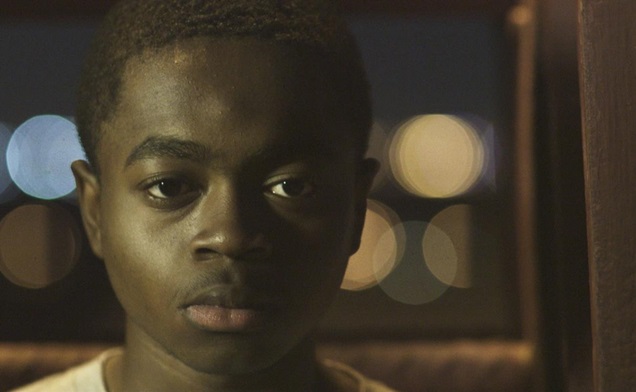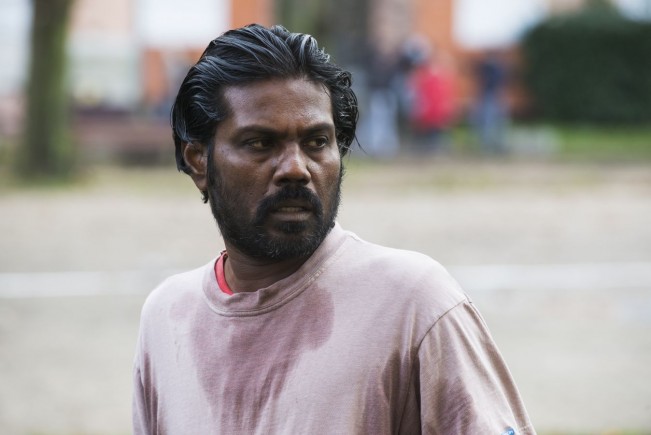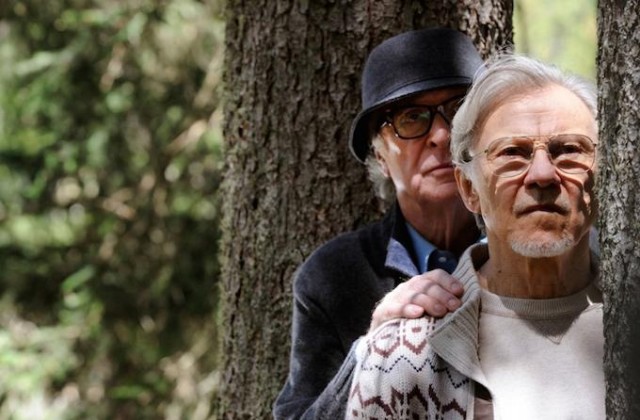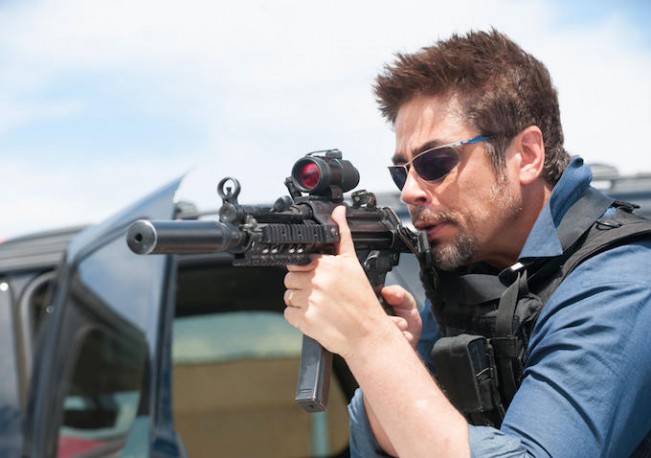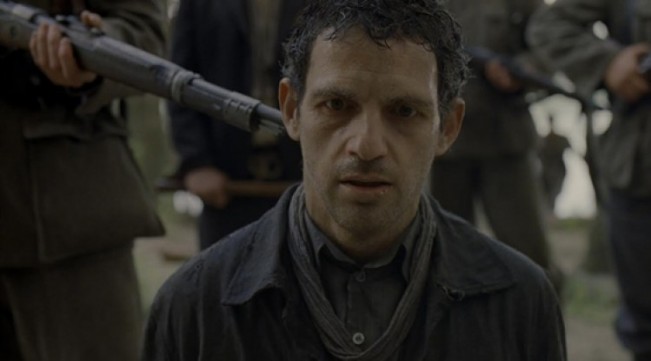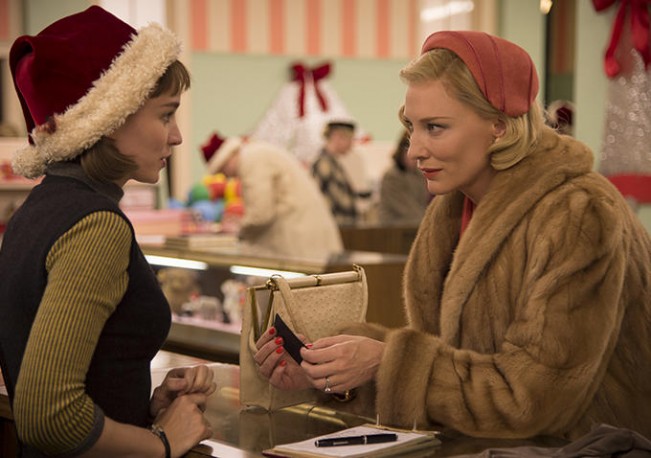Can a filmmaker intentionally write an ending so grating it ruins the movie? Should a performer be stopped because their performance becomes violent and unsafe? By its very artistic ambition, does the performance require its audience to stop the artist from becoming violent?
These are questions Ruben Östlund’s magnificent The Square leaves as its too-long conclusion reaches its final moments. This ending left a lot of viewers deflated—for two hours, the film fills you with the feeling you’re seeing something truly special. Another half hour, though… well, that this now-Palme d’Or-winning art goes too far (and comes across so anticlimactic) is entirely the point: A film this prismatic could never be a perfect Square.
It’s good to put Cannes 70 to bed after festival attendees tired of taking sides in a suggested debate between “cinema” and Netflix (as if they were diametrically opposed). And with the final awards ceremony complete, we can now confirm Jury President Pedro Almodóvar (how fun is that to say?) was true to his word: the streaming service took home zero awards, even when it was rumored a few days ago the director signed some sort of production deal with Netflix. (Maybe the announcement was a way of shirking potential conflicts of interest?)
For Best Actor, Joaquin Phoenix accepted on behalf of Lynne Ramsey’s You Were Never Really Here, the final film in Competition, which wound up wowing exhausted critics.
Similarly, Diane Kruger’s first German-language production (Fatih Akin’s In The Fade) was deemed the Jury’s Best Actress prize. My only issue is that the race was limited to begin with—indeed, jury member Jessica Chastain found it “quite disturbing” that the festival had a dearth of female representation on screen.
There was a tie for Best Screenplay: You Were Never Really Here (which I was unable to see) was neck-and-neck with The Kiling of a Sacred Deer, one of the most divisive films this year. Given that Sacred Deer’s dialogue is as striking as its visuals, I can’t wait to see Ramsey’s latest to see what’s in store.
It’s wonderful to see Sofia Coppola take Best Director for her remake of The Beguiled. The filmmaker has been booed at Cannes (like many masters before), so to see her take a major award is great (especially when it’s a trophy a woman hasn’t held since 1961).
The Festival’s Jury Prize went to Andrey Zvyagintsev’s Loveless, which is a totally respectable prize for a totally respectable movie. I didn’t meet a single critic at Cannes that disliked the film; folks were either moderately cool on the film’s themes, which are heavy-handed, or deeply impressed by their gravity. No one debates its technical feats, however: the film is a cold stunner.
The Grand Prize was more predictable—at least in that Robin Campillo’s 120BPM (120 Beats per Minute) felt guaranteed to be on the board with something. It’s political, it’s timely, it’s accomplished, it’s French: the ingredients for a Cannes prize-winner. But don’t let me reduce its win: The film is a powerful, compassionate drama.
The Square, though. I can’t wait for actual audiences to see it. I can’t wait to discuss its many possible interpretations. It’s one of the best Palme decisions in years.





